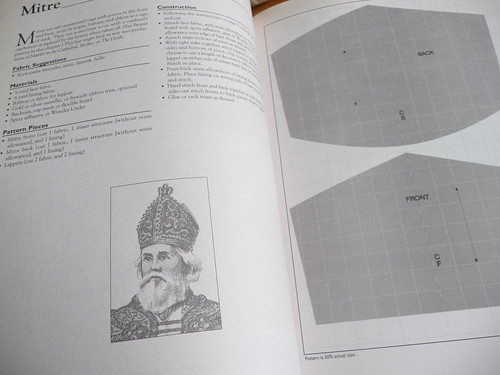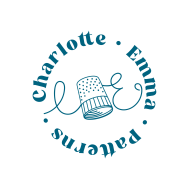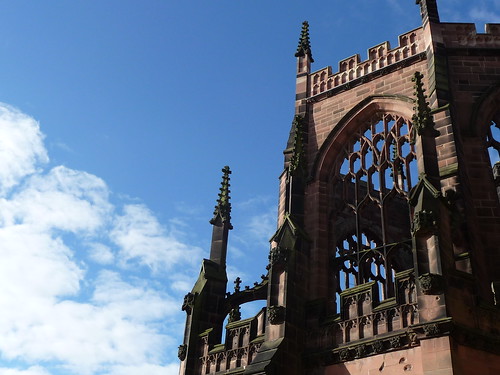
At the beginning of the month I started a new job. I’m working in Coventry, and am based in the best possible location right next to the cathedral pictured above and below.

For sewers, Coventry is interesting due to it’s historical role in the British textile industry. In the middle ages Coventry’s main trade was cloth weaving, with a third of all workers in the city employed in the industry. The city was particularly famous for a blue cloth known as Coventry blue which was dyed using woad. The City’s art gallery and museum, The Herbert, has a small sample of the fabric on display. In the 1600s, ribbon weaving became Coventry’s main industry, until cheap import agreements ruined the British ribbon weaving business in the 1800s. Ribbons was produced on looms powered by hand or, in the large factories, by steam engines. The Herbert gallery has one of these enormous looms on display in their foyer. In the 1800s Coventry also began production of sewing machines and a number of machines were designed in the city.
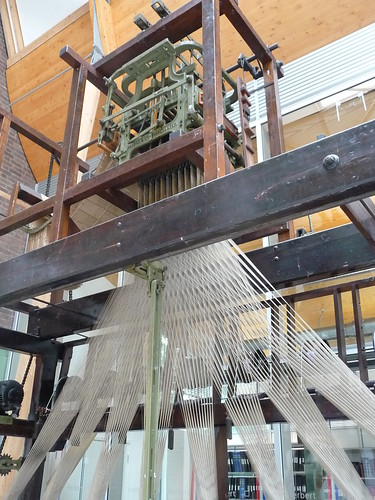
Since starting my new job I’ve made use of the amazing design section in Coventry University’s library. The University teaches fashion design, so the library has a selection of pattern drafting books, as well as an enormous collection of design books by designer, period, country, etc. They also have a magazine/periodical section which includes everything from Vogue to Selvedge. Below are a few images from books I was nosing at this week.
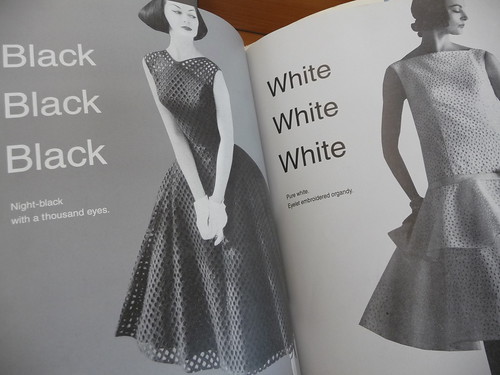
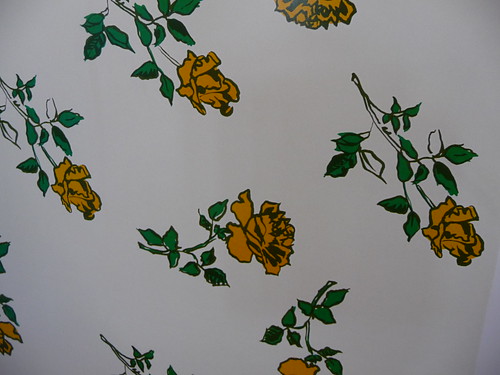
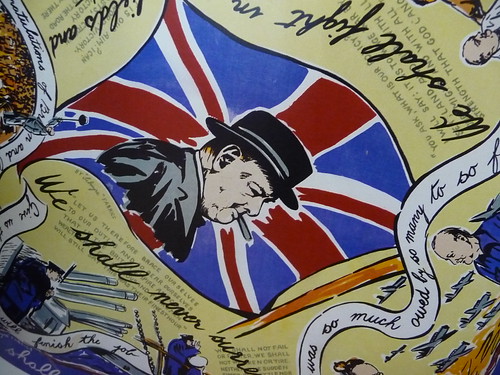
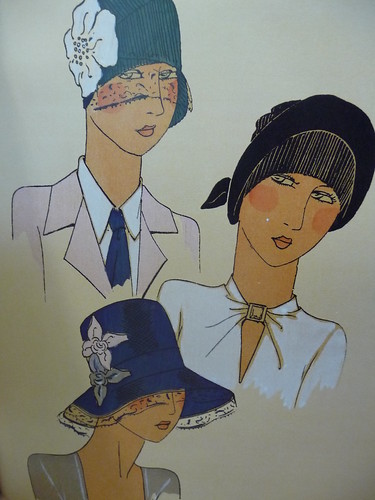
The library does have a few pattern books and amongst them I was highly entertained to find a book of costume accessories patterns that included mitres, ruffs and epaulettes. Now those are sewing patterns I never expected to see! Having had a laugh at the mitre pattern I spotted a couple of cute basic patterns for aprons, mittens and slippers and ended up bringing the book home…
